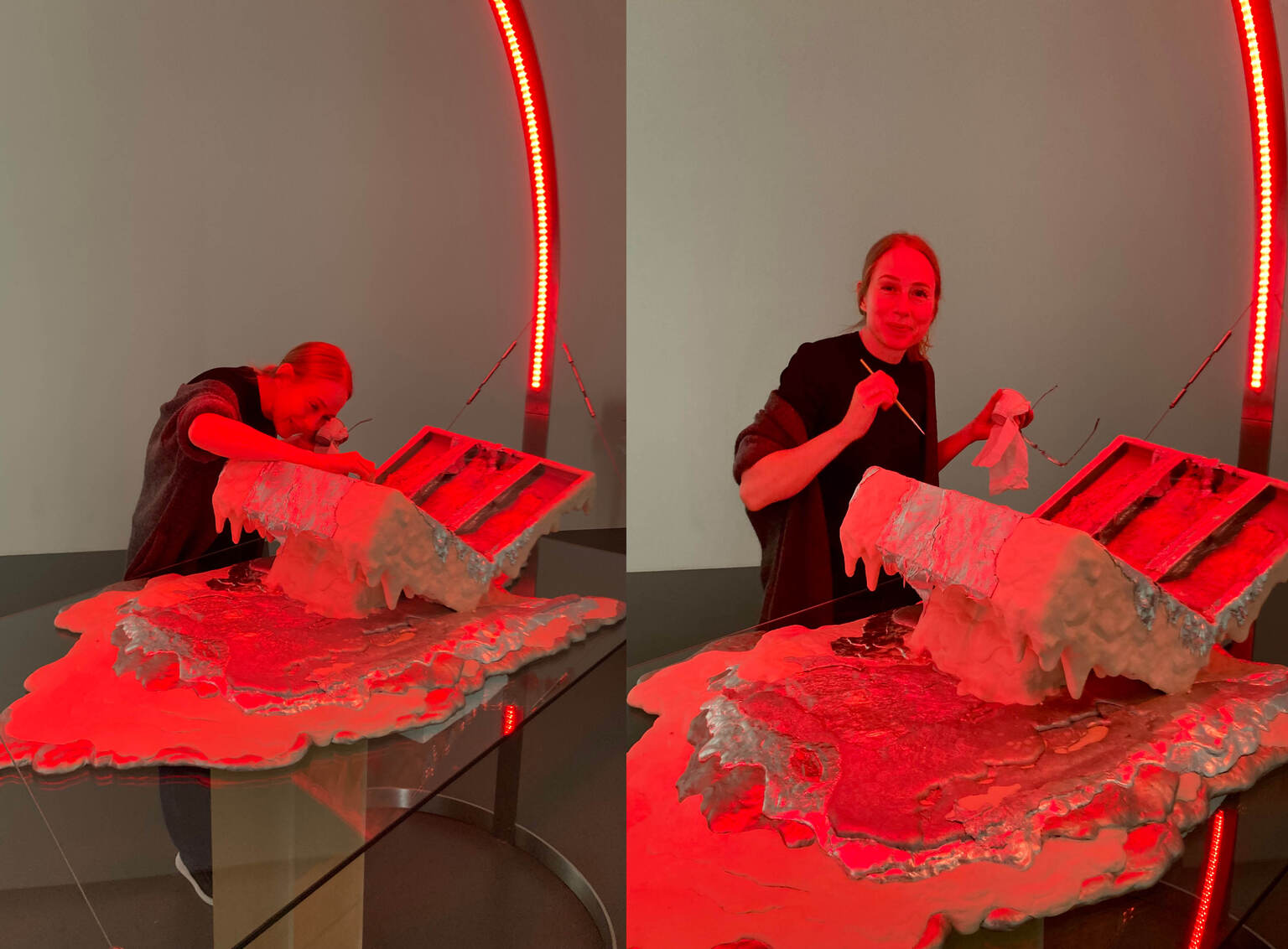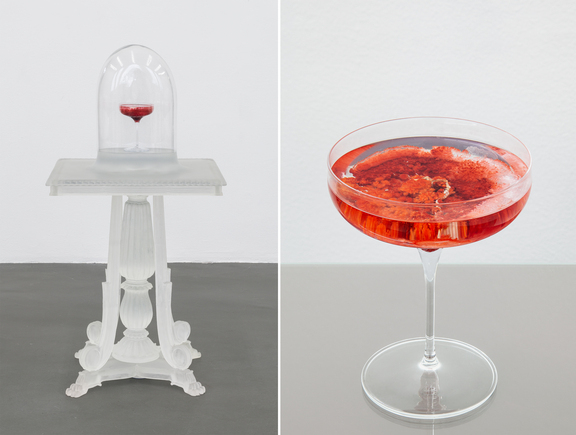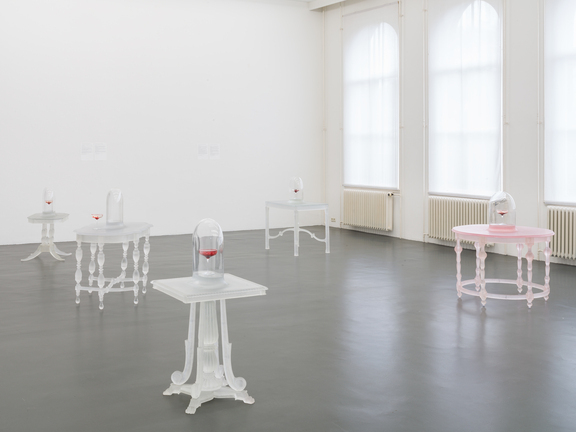Public defence

Public Defence: Ane Graff
Research Fellow Ane Graff will defend her research work The Wound In Its Entanglements.
Ane Graff is a PhD scholar in the doctoral program for artistic research at the department of Fine Arts, Oslo National Academy of Arts.
The doctoral work is available in English in the Norwegian Academy of the Arts' institutional archive KHIODA.
Supervisor:
Ane Hjort Guttu, Professor, Academy of Fine Art
Maria Lind, Curator, advisor for cultural affairs at the Swedish Embassy in Moscow
Jan Verwoert, Professor, Academy of Fine Art
Appraisal Committee:
Pedro Gomez Egana, Professor, Academy of Fine Art
Carla Zaccagnini, Professor, The Royal Danish Academy of Art
Barbara Rodriguez Munoz, Curator based in Bilbao Spain
Summary
The artistic research project The Wound In Its Entanglements reflects upon the human body in its material entanglements, and centres around the following questions: What is touch within matter? How are bodies materialised? The project is informed by feminist new materialisms’ ongoing re-thinking of our material reality, in which a relational and process-oriented approach to matter—including the matter of living bodies—plays an integral part. The project is more specifically guided by the theories of key materialist and feminist scholar Karen Barad and her concepts intra-action/phenomena/agential cut. Seen through Barad’s agential realist perspective, bodies themselves “come to matter through the world’s iterative intra-activity – its performativity”. “Individuals” only exist within particular materializing relations in their ongoing iteratively intra-active reconfiguring. Approaching Barad’s performative body as biologically malleable and historicized in response to experience, the French philosopher Gilles Deleuze’s motif of the wound is used as a thinking tool in the project. His use of the term is explicitly temporal, insisting on a “ghostly” causality of the event, where echoes, resonances, and traces of the past have material effects in the form of changing forces on the present and future. As such, The Deleuzian wound is an embodied wound, one that can be seen as realising the history and the future of the body through a “stickiness of the past”—in a claim that historical harms live not only in the body of the individual, but in the intergenerational affectivity of whole communities. The key concern of the project, however, is not to solely “name” these urgencies and motifs, but, in fact to “materialise” the transformed mode of thinking these scholars gesture towards, through the creation of artworks in the form of sculptures and sculptural installations. Utilising a range of materials spanning from bacterial colonies to blood pressure medication to cochineal lakes in mixes that simultaneously change and create, the bodies of art “think” the intra activity of matter, in the course of realising it.

